Nigeria as a whole comprises of 3 major ethnic groups Igbo | Yoruba| Hausa and many other Tribes.
When it comes to Nigeria, it is important to point out that the traditional wedding is taken very seriously.
You gotta agree that Nigerian weddings are one of the most interesting and most common social functions in Nigeria especially when it comes to Traditional Wedding, oh gosh it’s always an amazing moment...
In some cultures the concept of family is very important, so traditional wedding is the only acceptable kind. Our article today is devoted to the Three major Tribes Nigerian traditional wedding.
Keep reading to know more!
1 IGBO
It is a well-known fact that the Igbo traditional wedding ceremony used to be held in three phases, which can take several days. By the way, proposing to an Igbo lady means proposing to her Umunna and her entire family, and what is more, they have to accept this proposal, or there would be no union at all.
So, here are the four steps of the Igbo traditional wedding ceremony:
1 – Iku aka or iju ese (which means the wedding proposal);
2 – An agreement of her Umunna and the entire family;
3 – Ime Ego (this means the bride price);
4 – Igba nkwu nwanyi (which means the wine carrying ceremony).
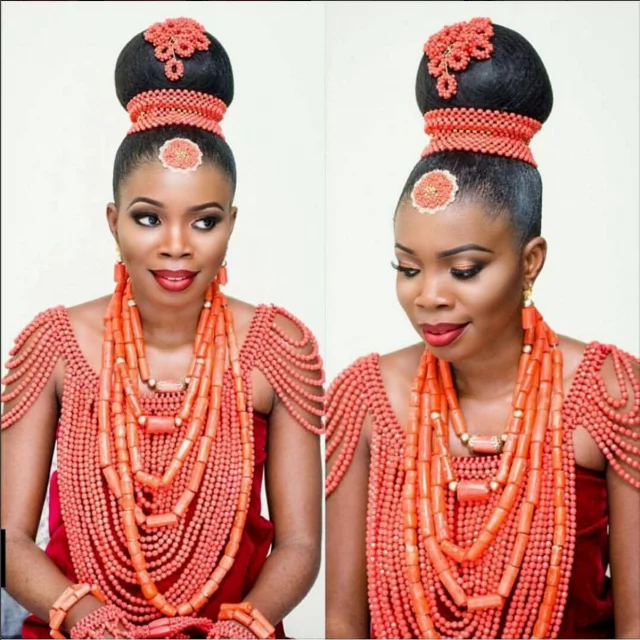
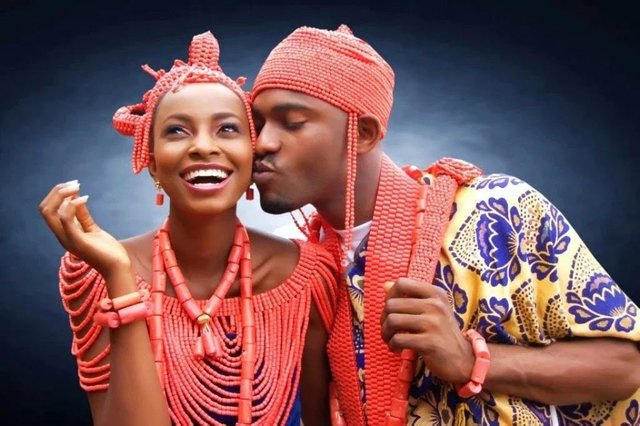
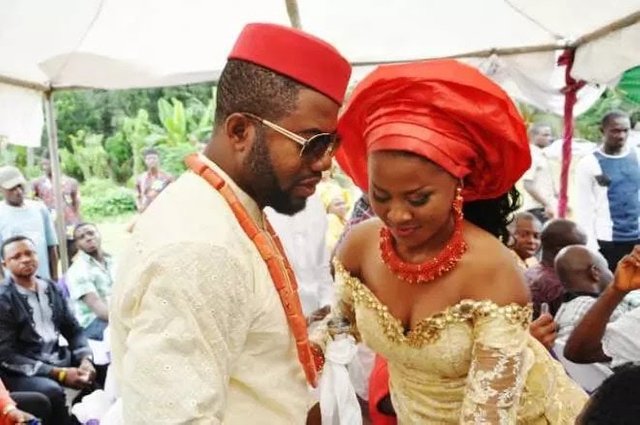
2 YORUBA
It is not a new thing that Yorubas are lovers of colours. In fact, in all the Nigerian tribes, they are the tribe that embrace colours the most. Their traditional marriage is seen to be colourful and elaborate and we always love it.
Eight Step Guide to A Yoruba Engagement (Traditional Wedding)
Step 1: Welcome
The arrival of the grooms family signals the start of the ceremony, they are required to be on time (no 'african' time here) and can be sent back or fined for being late. Once inside, they are introduced by their Alaga and proceed to kneel and greet the brides family.
Step 2: The Proposal and Acceptance
This elaborate proposal 'letter' is presented by the grooms family and read out loud by the youngest member of the brides family. After which an acceptance letter is given by the brides family.
Step 3: Meet the Groom
The groom typically makes his appearance by dancing in with his friends then proceeds to prostrate two times with his friends and once alone to his new in-laws. During the third prostration, both families stretch out their arms and pray for the groom. He then prostrates once with his friends for his family before proceeding to his seat.
Step 4: Meet the Bride
The veiled bride makes her appearance escorted by her friends who dance her in. She kneels in front of her parents for their prayers and blessings, then does the same with her future husbands parents after which she is unveiled and joins her future husband. Though not compulsory, some brides put the grooms hat (fila) on his head, this demonstrates her acceptance of the proposal.
Step 5: Bling Please
On instruction from the Alaga Ijoko she picks the gift she wants from the usually dazzling selection brought by her in-laws (a list with the required items would have been given prior to the engagement). She is expected to pick the Bible or Qu'ran to which her engagement ring is attached. She gives her selection to her husband who puts the ring on her finger and watches happily as she shows off her ring to the world.
Step 6: Bride Price
Various envelopes containing everything from the bride price to money for the wives, children and elders in the her family are handed over to the brides family. It is very common practice for them to the envelope containing the bride price, the belief is that both families have become one and are giving their daughter away versus 'selling' her.
Step 7: Cut the Cake
The engagement cake also known as 'Akara Oyinbo' is a symbol of happiness due to its rich and sweet ingredients. The more recently introduced cake cutting ceremony is usually for photo opportunities.
Step 8: Party Party Party
Final prayers are said and the occasion is ended with lots of love, eating, music and dancing!
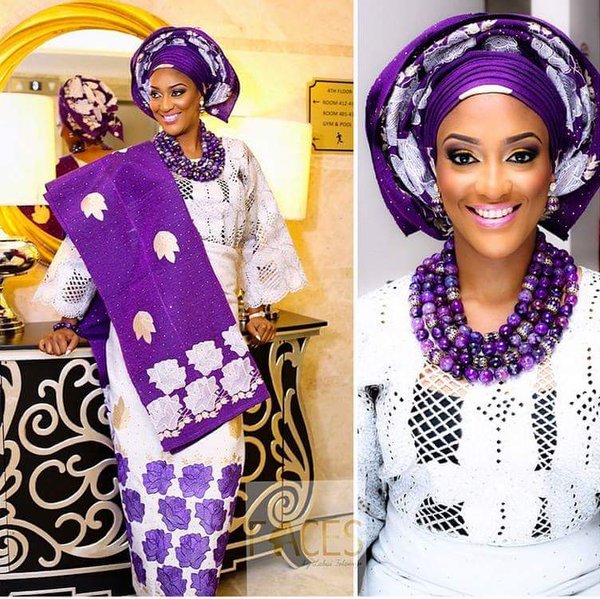
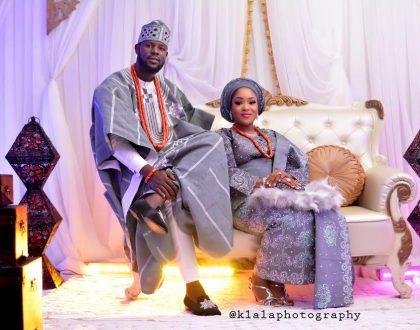
3 HAUSA
Traditional marriage in Hausa land is less expensive than that of the Igbos and Yoruba cultures. The processes are also not stressful compared to the two other regions in Nigeria. Their marriage system is based on the Islamic or Sharia law.
After a man has seen a woman he likes and want to marry, he is not allowed to have any form of physical contact with her but will first inform his parents about his intention. After this, the wedding process starts.
Stage 1: The “Na gani ina” Stage
Here, the grooms with his male friends and kinsmen visit the bride’s family house to make their intention known. They also go with gifts like kolanut, fruits, sweet, salts, calabash etc. The acceptance of these gifts implies that their proposal has been accepted by the bride’s family and vice versa. After the acceptance of their proposal, the groom will be allowed to see the future bride.
Stage 2: The Courtship Period
After this stage, the prospective couple is allowed to see each other but with no intimacy. Restriction of romance or any sexual activity is to prevent pre-marital sexual activities. If after knowing each other strengths and weaknesses, the bride has the right to call off the wedding plans if she is not satisfied with the man’s behaviours. On, the other hand, if the bride wants the man, she will inform her parents.
Stage 3: The “Gaisuwais” and “Sarana” Stage
After the approval of the groom by the bride, the bride’s parents will have to convey the good news to the parents of the groom (Gaisuwa). Both families will then have a meeting to discuss the bride price and the wedding date. The process of setting the weeding date is known as “Sarana”. The intending couple is being engaged during this stage. The bride-price is always a low amount because it is believed that the low amount of bride-price attracts greater reward from Allah. It starts from the minimum payment known as the Rubu Dinar” (quarter kilogram of gold piece) to any amount the groom’s family can afford to pay.
Stage 4: The Wedding (Fatihah)
The dowry is paid on the Fatihah, that is, the wedding day, where the couple and their families are joined together. The bride-price, which is known as “Sadaki” is paid on this day. The payment of the dowry is the duty of the men as women are not expected to be outside. During the payment of the bride-price, the bride will be indoor with older women. These women have the responsibilities of beautifying the bride by adorning her with jewelries, perfume and Henna, also known as the Lalei. This process is known as “Kunshi” which can be likened to what is now known as bridal shower.
Stage 5: The Reception (Walimah)
Receptions where drinks and foods are being served are called Walimah in the Islamic religion. During the traditional marriage, there will be a grand reception. Here, the bride will be brought out and she will be counseled and advised by the old and married women, after which she will be followed to her husband’s house. Walimah is a day ceremony as people, well wishers and villagers are being served foods and drinks from morning till night fall. The house or settlement of the newly-wed is a joint effort from both parents. The groom and his families will buy the house while the furnishing of the house will be done by the bride’s families.
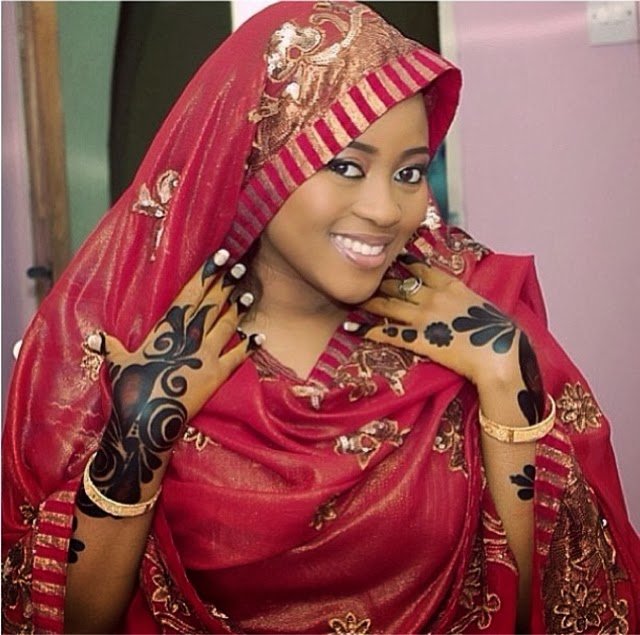
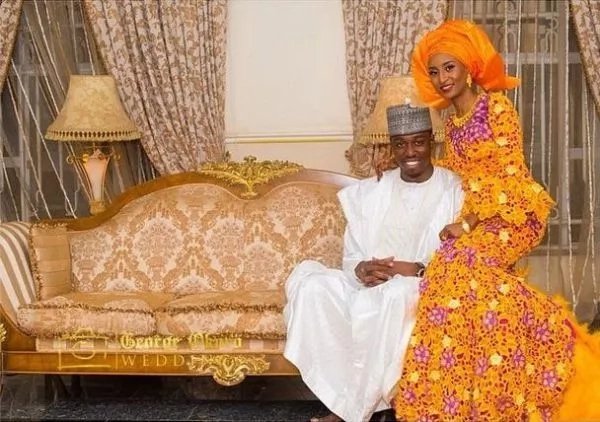
Read more (Sources)
[Igbo] https://www.google.com.ng/amp/s/www.naij.com/amp/1108622-igbo-traditional-wedding-attire-bride.html
[Yoruba]http://sugarweddings.com/content/eight-step-guide-yoruba-traditional-wedding
[Hausa]http://informationparlour.com/article-culture-tradition-traditional-marriage-system-hausa-culture
Beautiful
Downvoting a post can decrease pending rewards and make it less visible. Common reasons:
Submit
This is a great grandfather I admire your business
Downvoting a post can decrease pending rewards and make it less visible. Common reasons:
Submit
Congratulations @ebugreat! You have completed some achievement on Steemit and have been rewarded with new badge(s) :
Click on any badge to view your own Board of Honor on SteemitBoard.
For more information about SteemitBoard, click here
If you no longer want to receive notifications, reply to this comment with the word
STOPDownvoting a post can decrease pending rewards and make it less visible. Common reasons:
Submit
Wow I like this and am resteem it
Downvoting a post can decrease pending rewards and make it less visible. Common reasons:
Submit
Thanks bro...
Downvoting a post can decrease pending rewards and make it less visible. Common reasons:
Submit
Wonderful people, awesome culture
Downvoting a post can decrease pending rewards and make it less visible. Common reasons:
Submit
Hmm, I've learned something new tonight.
Downvoting a post can decrease pending rewards and make it less visible. Common reasons:
Submit
This is lovely brother. Amazing culture. Would like to visit sometimes. Cheers man!
Downvoting a post can decrease pending rewards and make it less visible. Common reasons:
Submit
This looks awesome.
Does anyone know of a good event planning software that can save from the total budget. I am planning a wedding and need help. I am also looking for a floor plan software for the same wedding. Thanks
Downvoting a post can decrease pending rewards and make it less visible. Common reasons:
Submit
Nie piece
Downvoting a post can decrease pending rewards and make it less visible. Common reasons:
Submit
This post received a 4.0% upvote from @randowhale thanks to @ebugreat! For more information, click here!
Downvoting a post can decrease pending rewards and make it less visible. Common reasons:
Submit
Nice one...Proudly 9ja
Downvoting a post can decrease pending rewards and make it less visible. Common reasons:
Submit
You did a good job. Properly explained.
Downvoting a post can decrease pending rewards and make it less visible. Common reasons:
Submit
Wow, this is AMAZING. As someone who designs ceremonies it's so refreshing to learn the processes of other cultures. It really helps see things from a new perspective! Also the photos and brides in this article are soooo beautiful. I hope one day I can photograph a wedding like these! Thank you so much for this post. Much love from Hawaii :)
Downvoting a post can decrease pending rewards and make it less visible. Common reasons:
Submit
Great post !!!
Follow me and i will follow you !!!
And lets do the upvote and comments exchange !!!
Downvoting a post can decrease pending rewards and make it less visible. Common reasons:
Submit